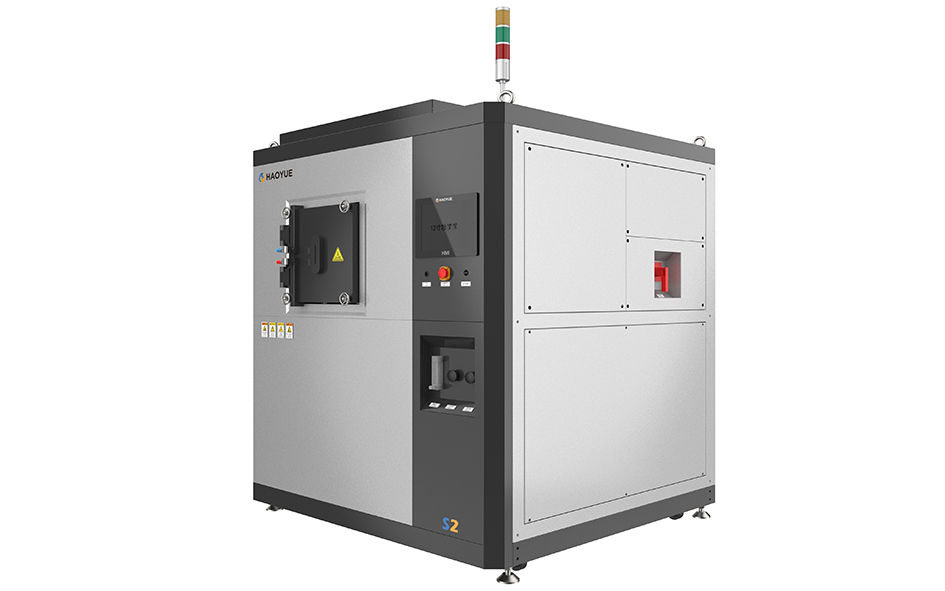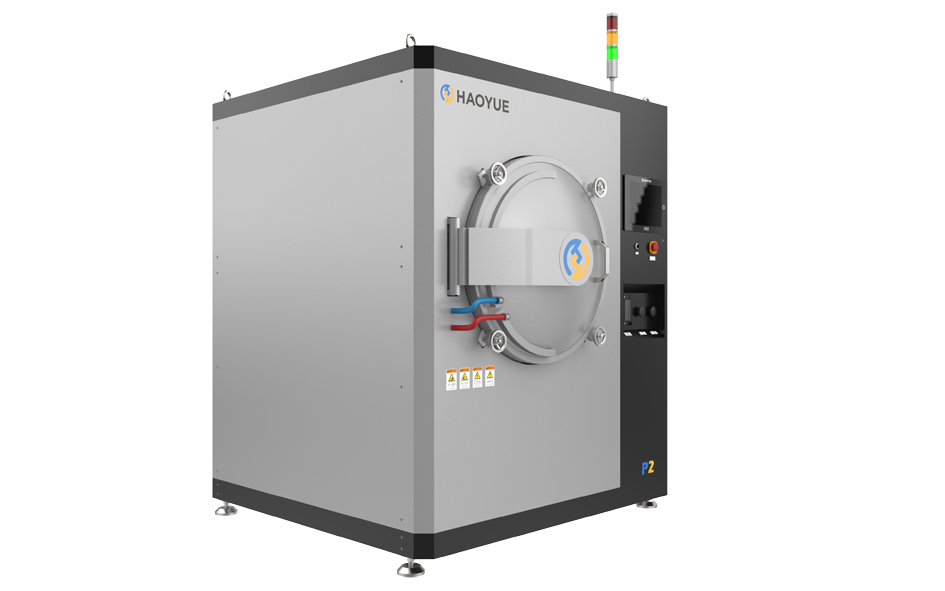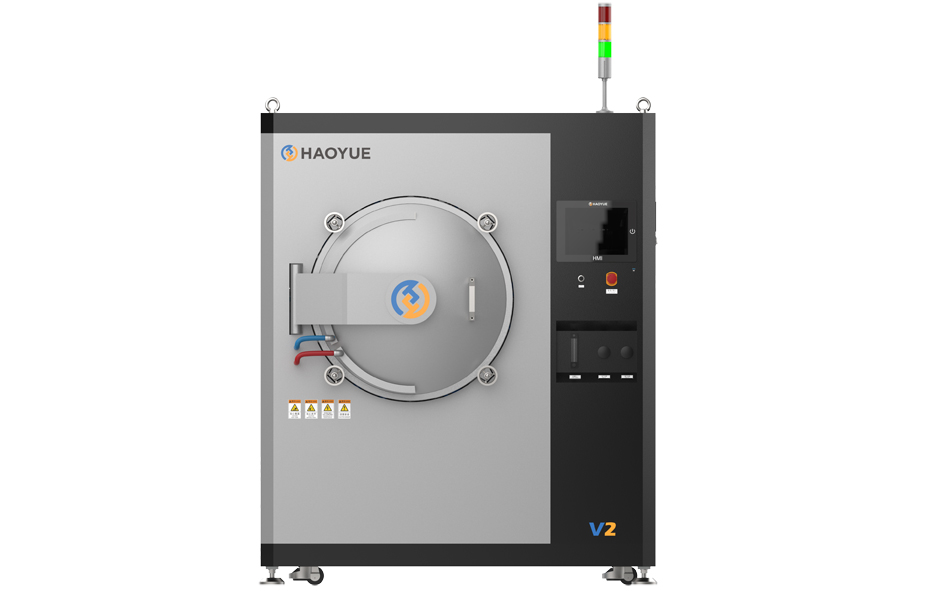Experience Centre
Experience Centre
Shanghai Haoyue Technology Co.,Ltd. is a high-tech enterprise integrating R&D, production and sales of electric furnaces.
Our material technology and thermal equipment experiment center has different types of thermal equipment, which can meet the test needs of customers for different process requirements, such as: vacuum hot pressing sintering multifunctional furnace, SPS spark plasma sintering system, etc., atmosphere sintering Furnace, hydrogen reduction furnace.
01Spark Plasma Sintering Furnace
Maximum sintering temperature: 2400℃
Furnace working area size: φ 80×250 mm (diameter×height)
Thermal vacuum degree: 5Pa
Processable product diameter: φ50mm
Maximum pressure: 10T
01Vacuum Hot-pressing Sintering Furnace
Maximum sintering temperature: 2400℃
Vacuum hot pressing work area size: 160*160mm (diameter×height)
Vacuum sintering work area size: 200×200×300mm (width×height×length)
Ultimate vacuum: 6.7×10-3Pa
01Vacuum Sintering Furnace
Maximum sintering temperature: 2400℃
Heat Area Size: 200 × 200 × 300 mm (width × height × length)
Ultimate Vacuum: 6.7×10-3Pa
Max.Power: 45KW
Custom Solution
It is true that we cannot be experts in all professional fields, but years of professional experience ensure that we can provide solutions for complex processes.
For you, we will transform every new challenge into an economical and innovative solution. Our experts come from different fields and are your reliable and capable partners. They have years of experience in heat treatment in the industry, and these experience should be included in your solutions.
Focus on Benefits
We have established our successful brand based on the quality and reliability of the equipment. We are customer-centric, combine theory and practice, and establish a complete sales network and convenient after-sales service. In our application of efficiency and economy to project work, design, materials and processes, as well as calculation and control technology, this is our strength.
Own heat treatment center for process development and testing
From laboratory test results to large-scale production, this is not a simple multiplication problem, because a suitable test-run equipment is relatively expensive and requires many parameters. In order to accurately obtain various parameters for production, 2019 We established a heat treatment center at the beginning of the year.
In this way, we can carry out small series production, process development, sampling, and if necessary, we can also find out how to seamlessly transition to large-scale product production. In this way, project operations can be carried out more efficiently and economically, even for demanding projects.
FAQ
Q: What is a vacuum furnace used for?
A: A vacuum furnace is used to heat materials in a controlled, low-pressure environment. It’s great for processes like brazing, sintering, annealing, or heat treating metals and ceramics where you want to avoid oxidation or contamination.
Q: How does a vacuum furnace work?
A: It works by removing air and gases from a sealed chamber, creating a vacuum. Then, it heats the material inside using elements like graphite or molybdenum, all while keeping the atmosphere clean and controlled.
Q: What industries rely on vacuum furnaces?
A: Industries like aerospace, automotive, medical device manufacturing, and tool production use them a lot. They’re key for making high-quality parts that need precision and durability.
Q: What materials can be processed in a vacuum furnace?
A: You can process metals like steel, titanium, and nickel alloys, as well as ceramics and composites. Anything that benefits from a clean, oxygen-free environment works well.
Q: What’s the difference between a vacuum furnace and a regular furnace?
A: The big difference is the vacuum. A regular furnace uses air or gas atmospheres, which can cause oxidation, while a vacuum furnace keeps things pure by removing those gases.


